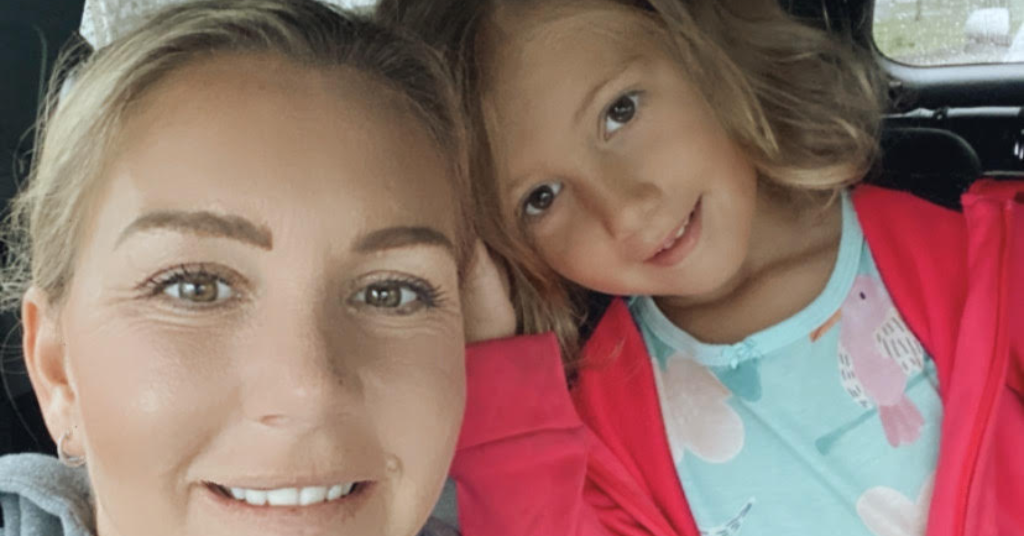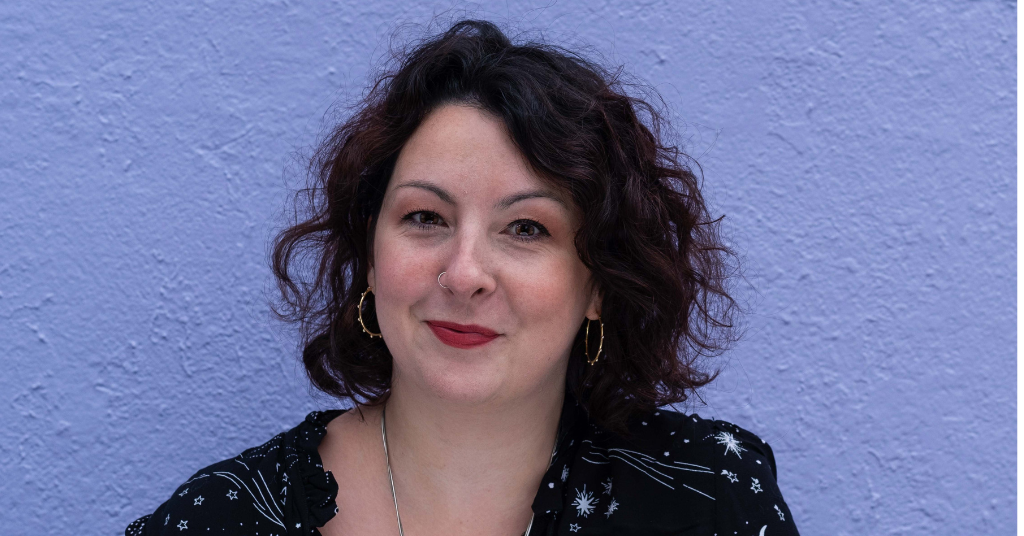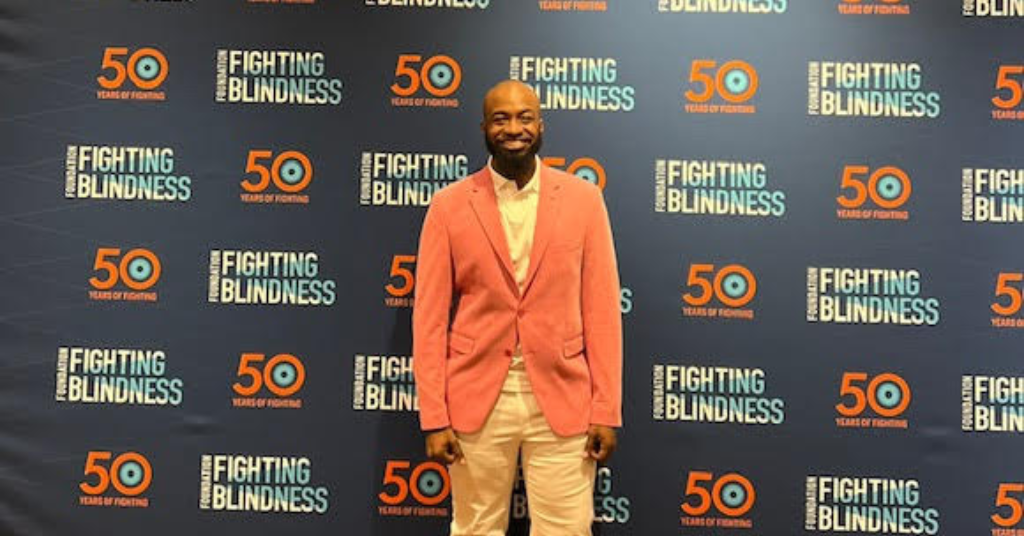
Call ‘this’ deaf midwife
November 4, 2019
The Astrology of 8 Deaf and Hard of Hearing Celebrities
November 6, 2019Book Review: ‘El Deafo’ graphic novel helps kids gain confidence with hearing loss

Hearing Like Me’s book club brings together the hearing loss community, promotes deaf authors and discusses common themes around living with hearing loss. October’s book club pick was “El Deafo,” by CeCe Bell.
“El Deafo” is a graphic novel that follows the story of Cece, a bunny, who gets hearing loss after falling ill with Meningitis at age four. The story begins with Cece doing all her favorite things, but after she gets sick, she realizes she can’t hear as well as she used to.
When her parents notice that Cece isn’t responding to them as well as she could before she got sick, they take her to an audiologist, who tests Cece’s hearing and confirms she has hearing loss. She is then fit with a hearing aid that she wears around her chest, with cords leading out of it, that plug into her ears.
As Cece grows up, she faces all the typical social struggles of childhood – making new friends, discovering hobbies and dealing with various social issues. But she realizes that all these situations are a little bit more difficult with her hearing loss. Even more, Cece is worried about what her new friends might think of her hearing technology. She is embarrassed to tell her friends how she really feels, or how they can best communicate with her.
Overtime, as her friends understand her needs, she gains confidence with her superpowers.
Hearing aids for kids

Throughout the book, Cece is embarrassed by her cables. When she receives behind-the-ear hearing aids, she feels more comfortable wearing them around her friends.
In 1979, Phonic Ear and Phonak collaborated in the development of the first direct audio input (DAI) system, according to CanadianAudiologist.com.
Modern hearing aids, like the ones Cece gets later in the book, come in a range of colors and styles, which can help children feel more confident wearing them.
Learn more: Hearing Aids for Kids
Hearing Aid Accessories for Kids
In the book, Cece also uses an FM microphone, which her teachers wear around their neck. This allows her to hear the instructions better and helps her learn more in class. She is also able to hear the teachers when they leave the classroom, which makes her popular amongst her peers. When she hears her teachers using the bathroom, she finds this hilarious, and she laughs at this “super power.”
Her friends even test the technology, and even when they walk far away from her, she can still hear what they can say. This technology, is similar to the Phonak Roger Pen.
Read more: How my Phonak Roger connected me with my hearing peers
Read more: How Phonak Roger helps with my child’s listening fatigue
Self-advocacy with hearing loss
As Cece grows up, she learns how important it is to advocate for herself. She learns sign language, tips for communicating with someone with hearing loss, how to lipread, and how to tell her teachers and peers what she needs.
This is an important milestone for any child with hearing loss.
To make explaining hearing loss easier for children, Phonak has made these powerpoint presentations, which children can customize and share with their classrooms, to better explain what hearing loss is, and what it means for their communication needs.
Read more: These PowerPoint Presentations make it easy to explain hearing loss at school.
Learning about hearing loss with “El Deafo”
Overall, “El Deafo” is a cute graphic novel for children to read, or for parents to read with them. A majority of the book features Cece in fourth grade, which would be a good age to read this book. While the hearing technology is outdated in the book, there are still a lot of social situations and hearing loss challenges that children today can relate to.
“The easy way out would be to make Cece a sympathetic character, since she is hard of hearing, but there is very little ‘feeling sorry for herself,” says Pete Fulford, a writer for HearingLikeMe and a book club participant. “She tries like heck to be a normal kid, despite running into challenge after challenge.”
Did you read the book? What did you think?





